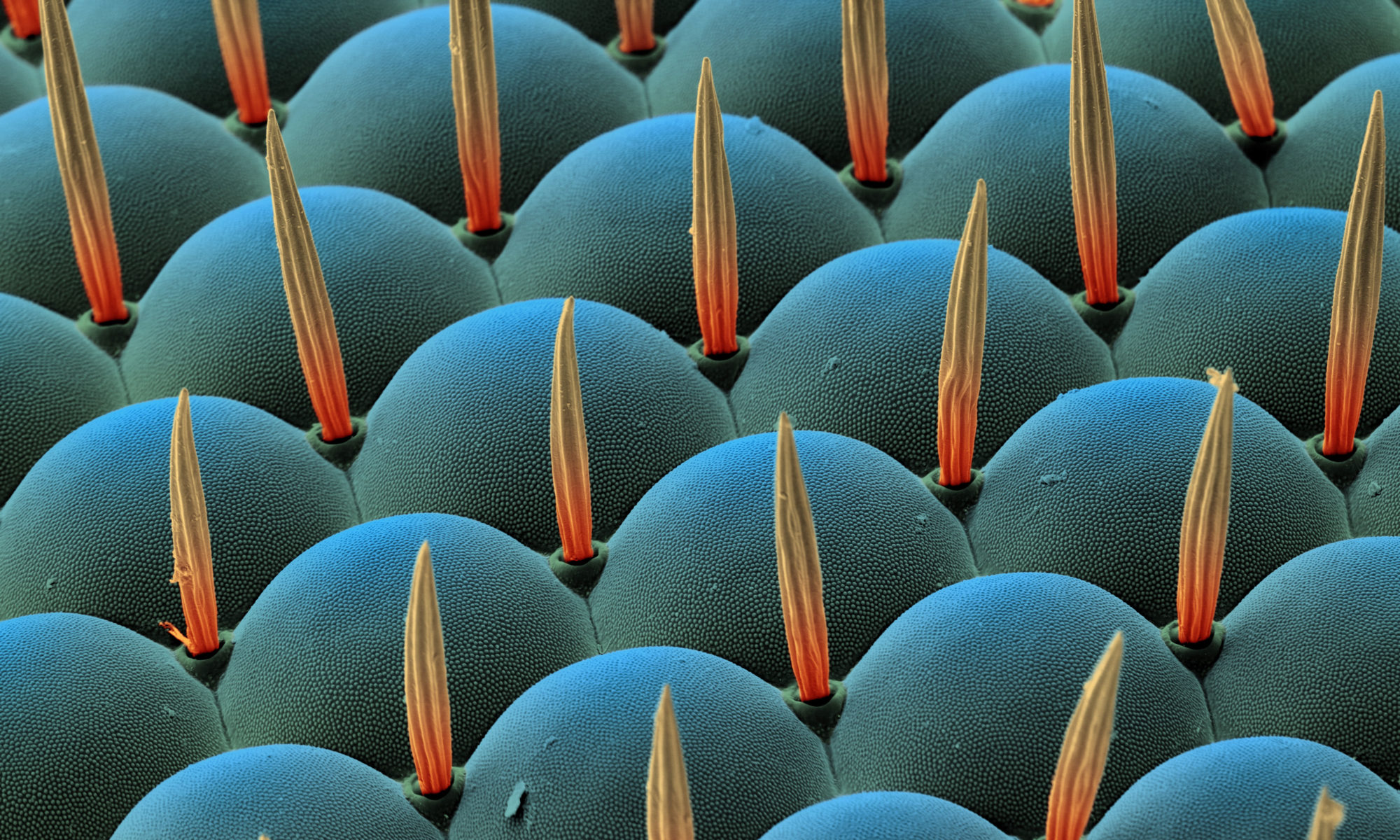When studying the behavior of bacteria in the laboratory, cells are almost always grown at high or saturating concentrations of their nutrients, not only because this allows fast growth, but also because it allows sufficiently large cell numbers to measure using bulk assays. However, it is believed that, out in the real world, bacteria often have to deal with trace amounts of nutrients at very low concentrations. Thus, the ability of different microbes to colonize ecological niches and compete with others will crucially depend on how much and fast they can grow on low concentrations of nutrients.

Aktuelle Informationen zum Studium Nanowissenschaften